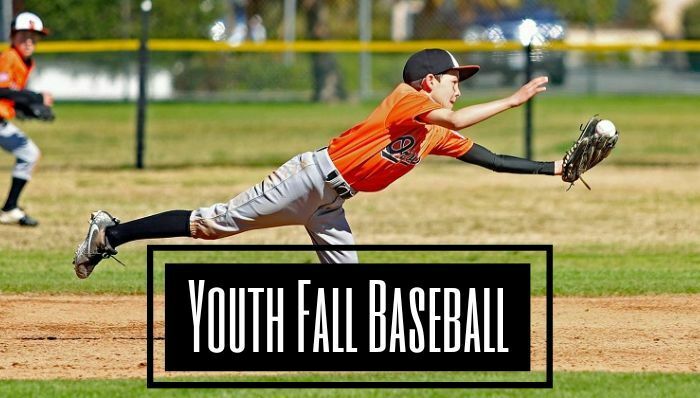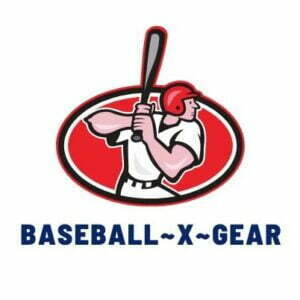Fall Baseball, or Fall Ball, is often times considered a second season and provides an opportunity to improve with a less rigid schedule that lets coaches focus on training and development. Fall ball can serve a purpose for many different reasons, from having fun to increasing playing time, or just getting game reps in as a player transitions to a higher division, new rules or bigger field dimensions.
Rules & Field Dimensions Changes
For the unfamiliar, as players advance in division and levels of play the rules and field dimensions gradually change. The rules and dimensions vary by league as does the timing of the changes.
For instance, the Little League pitching distance up to the Majors level is 46 feet. 13-year old Little Leaguers play on a 50/70 field (50-foot pitching distance and 70-foot base paths). Distances from the home plate to the outfield fence will also change.
Rule changes that also occur as players move up include stealing, pickoffs, leadoffs, balks, bunts, in-field fly rule and more. There are even unofficial changes such as umpires tightening the strike zone at higher levels.
Fall ball provides players an early chance at learning and adapting to these changes. Learning to pickoff or hold runners, steal and prevent stealing and pitching from a farther distance are all great opportunities that fall ball provides.
Where to Play Fall Baseball?
There are literally hundreds of fall baseball league programs and opportunities. Little League, Pony, Cal Ripken/Babe Ruth, USSSA, AAU, AABC, American Legion, Dixie, or the many travel ball programs out there. Signing up for instructional camps, clinics or private lessons is also an option.
The easiest option is to play in the program where your child played spring ball. However, that may not be the best option or even an option if a fall program is not offered. For instance, if your child excels at baseball, the skill level of that program may not be the best option.
Many advanced rec players, e.g., Little League, choose to play on a travel ball team in order to further advance their skills. Fall ball also provides the opportunity to check out other rec and travel ball programs.
Benefits of Fall Baseball
- Flexible schedule
- More focus on fundamental and developmental skills
- Early opportunity to move up in division, learn new rules, techniques
- Early specialization to advance in one sport
- Advantage of increased reps (swings, extra ground balls and/or fly balls etc.)
- Missed parts or all of spring season due to injury
Cons of Fall Baseball
- Burnout of playing too much of one sport (either now or years later)
- Conflict with playing other sports and activities
- Overtraining that leads to chronic issues e.g., pitching arms
- Early specialization that forgoes the opportunity to explore other sports and develop other skills
- Playing other sports and baseball can increase risk of injury
- Young athletes whose bodies can’t recover from long regular season play or multiple sports
- The level of play is not as competitive (can also be a benefit depending on the player)
Options for Playing Fall Baseball
- Take a Break From Baseball – Recommended for pitchers and position players who may benefit from rest mental or physical rest or played a long extended All Star or playoff season.
- Play Fall Ball – Recommended for players who were injured or who are moving up in division or the kid that truly loves the sport
- Participate in instructional camps, clinics or sign up for private lessons – Recommended for players that are playing other sports and with limited time
If your kid is passionate about playing baseball, then by all means let him or her play fall ball.
Related Articles
- Comparing Youth Baseball Leagues
- Travel Ball vs Rec Ball
- Travel Baseball: A Guide For Parents & Players
~ Jeremy

